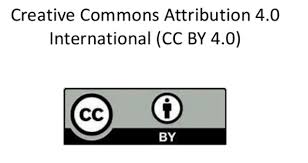Quality assessment of vinegar produced from pineapple wastes utilizing both laboratory-isolated Acetobacter spp. and reference strain Acetobacter pasteurianus DSM-2324
DOI:
https://doi.org/10.47440/JAFE.2024.5201Keywords:
vinegar, fruits wastes, acetic acid bacteria, Acetobacter, pineappleAbstract
The research was conducted to assess the quality of vinegar made from pineapple fruit wastes using laboratory isolated Strain A (Acetobacter spp.) and reference strain B (Acetobacter pasteurianus DSM-2324). Vinegar was prepared in the laboratory. For standardization of parameters for vinegar production, different levels of carbon (10%Brix, 15% Brix, 20% Brix and 25% Brix) and different levels of pH (4.5, 5.5, 6.5 and 7.5) were applied. The highest vinegar production was found at 25% Brix and pH 5.5. The juices prepared from the wastes of pineapple were maintained at 25% Brix and pH 5.5 and two-stage fermentation of each juice was carried out first anaerobically by adding yeast strain (Saccharomyces cereviseae) and then aerobically by adding acetic acid bacteria (AAB) strains to the broth obtained from the first stage fermentation. In case of strain A, the total soluble solids (TSS) of the vinegar reached to 3.2%±0.00, the alcohol content became 1.0%. The pH of the vinegar dropped to 2.87%±0.02. The titratable acidity of vinegar was 5.48%±0.03. In the case of strain B, the TSS of the vinegar reached to 3.0%±0.01, the alcohol content became 1.1%. The pH of the vinegar dropped to 2.6%±0.01. The titratable acidity of vinegar was 6.01%±0.02. This study clearly indicates that pineapple fruit wastes could be used for the production of high-quality vinegar.






 Publisher:
Publisher: 